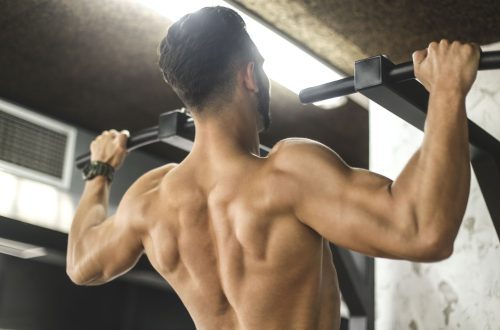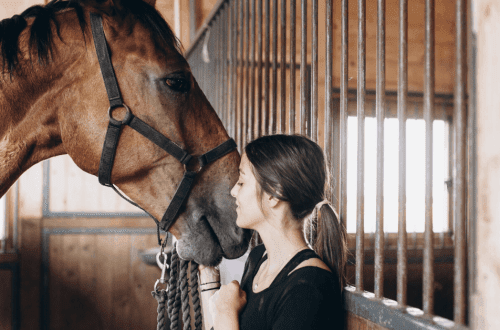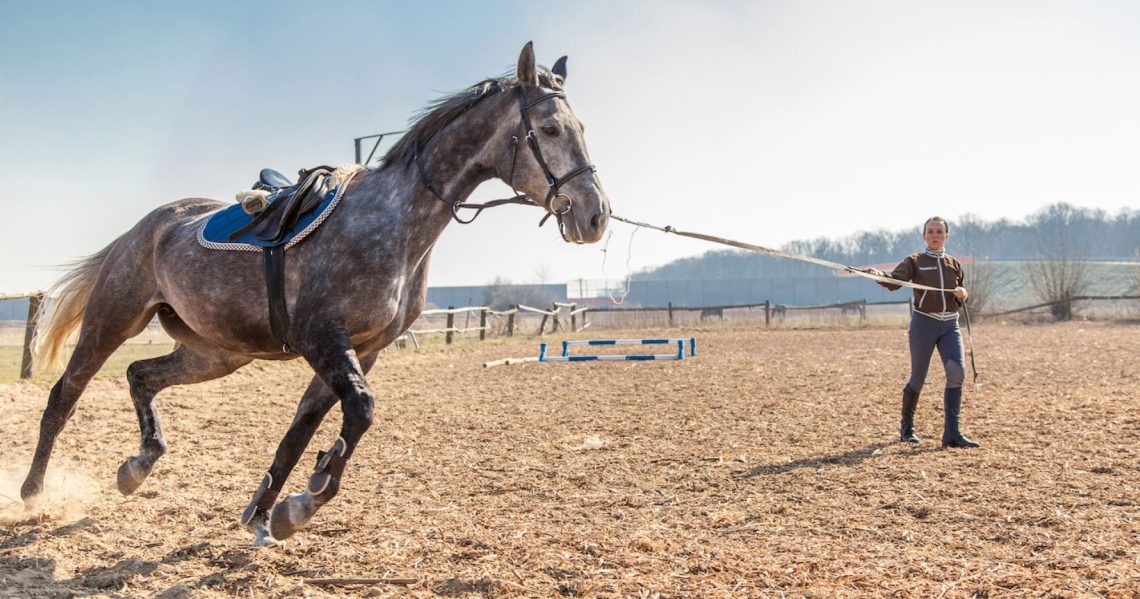
Maintaining the fitness of older sport horses
Maintaining the fitness of older sport horses
Many older horses continue to compete despite their advanced age. Just like humans, horses can stay active and fit well into old age. Their condition is influenced by many factors: genetics, proper training, health monitoring and proper nutrition.
The fact that older horses can successfully compete in big-time sports can be judged by the London 2012 Olympic Games: out of 74 horses participating in triathlon, 17 (almost 23%) were over 15 years old, the oldest was 20. Two the horses from the winning team (Germany) were over 15 years old. In dressage competition, 24% of the 50 horses were over the age of 15, including two of the three medalists. The oldest dressage horse was 18. Studies conducted in 2002 showed that between 7 and 15% of US horses were older than 20 years of age. At the same time, 63% of them still performed at various sporting events, 10% participated in competitions.
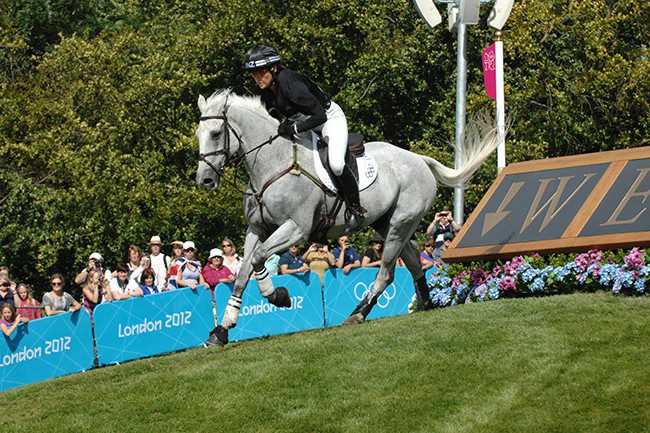
Lenamore – 20 years old, participant of the 2012 Olympic Games in London
There is some disagreement about which horses can be considered age. Not so long ago, a horse that reached 8 years old was considered age. In some old editions, the borderline age of a horse was equal to 25 years. Given the data from the London Olympics, we see a very different picture. Many horses are at the peak of their sporting career at a fairly respectable age. A living being, be it a man or a horse, is considered old when no more than 75% of the population lives to its age. According to this definition, a 20-year-old horse cannot be considered old, but it is, of course, aged.
What physiological changes are manifested in older horses that continue their sports career, and how do they affect the daily diet of the animal?
Horses age differently than people. A horse ages differently than a human ages. Compared to us, horses have a rather short childhood and a longer adulthood. Then there is a sharp deterioration in health, often against the background of some disease. The nominally accepted average life expectancy of a horse is 24 years. But, as with humans, the actual number of years lived is not an indicator of how old the body is. Some horses are quite active at 35, while others show signs of physical aging as early as 15.

Age-related physiological changes. With aging in horses a number of physiological changes are associated: reduced insulin-like growth factor concentration (IGF-I), changes in metabolism, endocrine and immune functions, changes in muscle fiber type are observed (as a rule, they reflect a transition to a less active lifestyle), and the ability to aerobic work while exercising.
Respiratory function decreases (perhaps due to allergens and irritants acting on the horse throughout its life), cardiovascular tone. Horses become less hardy and less able to tolerate intense training. There may also be deterioration in the functioning of the heart muscle. This tendency, fortunately, can be partially prevented by special training of the animal. There are also problems with thermoregulation: after training, normal body temperature is restored more slowly. The heart rate increases, the horse sweats more actively.

Flexible – 16 years old, at the 2012 Olympics
Studies of the effect of training older horses on their glucose and insulin levels have not found any specific changes.
No study of general physical The condition of older horses would not be complete without mentioning Cushing’s syndrome, a common endocrine disorder in which there is a long-term chronic effect on the body of an excessive amount of adrenal hormones, regardless of the cause that caused the increase in the amount of these hormones in the blood. This condition is rare in horses under 15 years of age, but is often seen in horses over 20. The development of insulin resistance is common as horses age and leads to metabolic syndrome, laminitis and obesity.
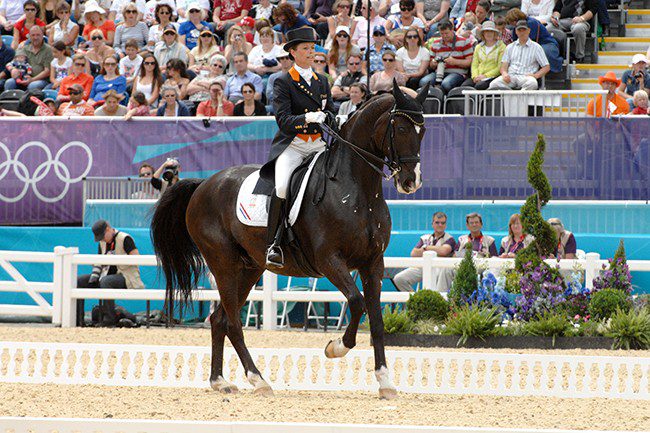
18-year-old Salinero at the London Olympics
Change control
Experienced horse owners and athletes maintain the physical condition of their senior horses by carefully monitoring the following factors:
- the effect of training on insulin levels;
- training planning taking into account age-related changes in animal muscle fibers;
- control of dust ingested with feed by moistening and wetting of forage;
- exercise intensity control;
- choosing a place for training (it is necessary to avoid working in humid or hot conditions);
- increasing the amount of electrolyte supplements.
With these factors in mind, many training systems for age sports horses.
Let’s highlight their general principles:
- Compilation of a diet low in vegetable oils, higher levels of digestible fiber. The grain should be easily digestible.
- Weight gain control. Choose food so that the horse gets energy, not weight. The choice of energy source will depend on the metabolic disturbances in the horse’s body.
- Feeds should be easily digestible, in addition, the horse should be able to chew them easily. As a horse ages, it develops dental problems that will prevent it from chewing food thoroughly.
- The forage must be free of dust. This will also help horses with lung problems.
- Avoid excessive calcium intake. Age horses do not absorb it well.
- The need to increase the amount of electrolyte supplements during periods of training.
- It is necessary to increase the amount of vitamins C and E in the diet.
As with any horse, the diet must take into account the demands of the sport and allow the horse to maintain the required muscle mass.
Liz Owens; translation by Valeria Smirnova (source)



